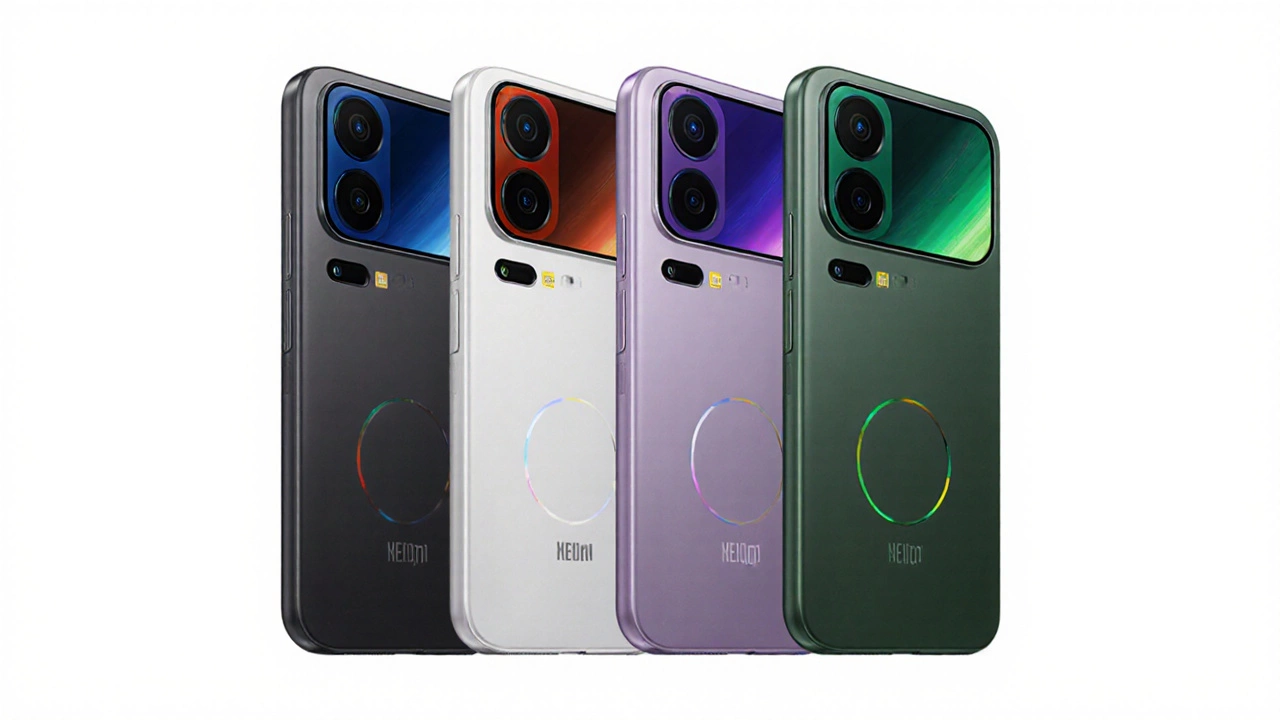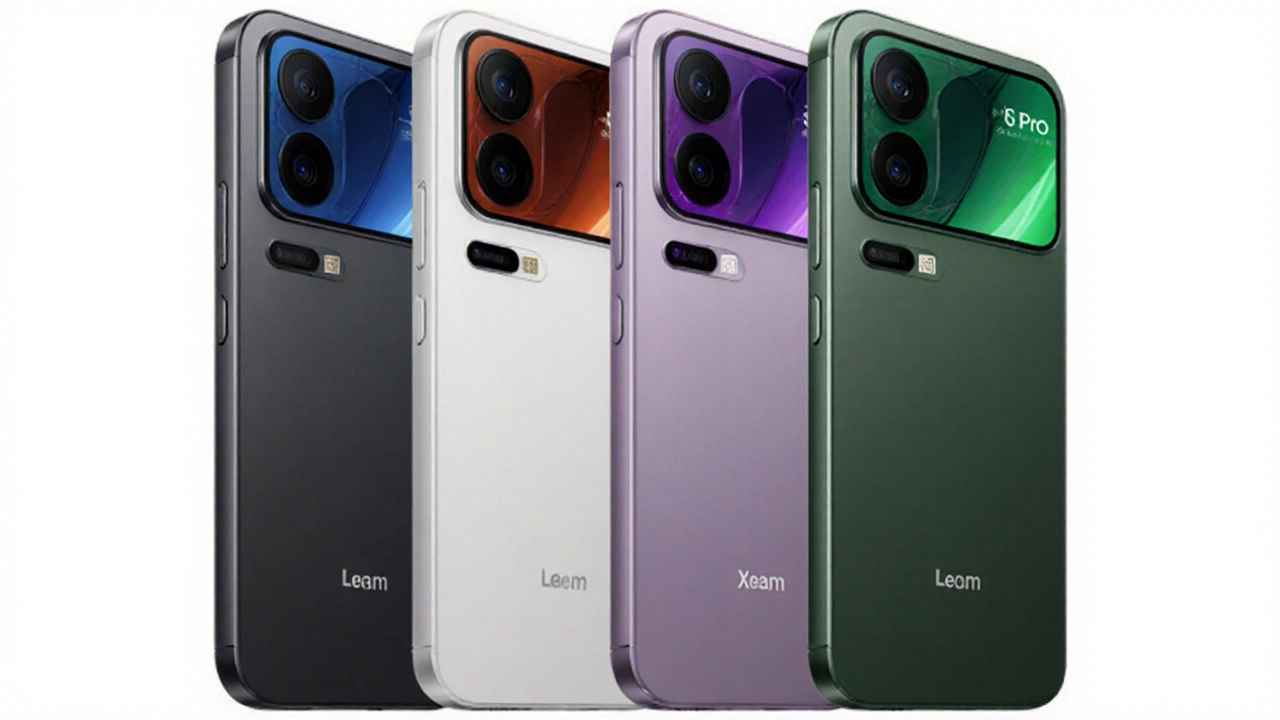Xiaomi has stepped onto the high‑end arena with a bold claim: its new 17 Pro lineup can outmuscle Apple’s flagship without the premium price tag. The launch showcases a mix of bleeding‑edge silicon, record‑breaking battery capacity, and a design language that keeps the phone pocket‑friendly. Below we break down why this series is turning heads among tech enthusiasts.
Hardware and Performance
The heart of the Xiaomi 17 Pro is the Snapdragon 8 Elite Gen 5 Mobile Platform, a chipset that promises a noticeable bump over the Snapdragon 8 Gen 4 found in most 2024 flagships. Benchmarks from early reviewers show a 12‑15% gain in CPU‑bound tasks and smoother GPU performance in high‑frame‑rate gaming compared to rivals like Samsung’s S25 Ultra.
Memory options are generous: the standard Pro ships with 12 GB of LPDDR5X RAM, while the Pro Max pushes 16 GB, paired with up to 512 GB of UFS 4.2 storage. This combination ensures that heavy multitasking, 4K video editing, and large‑scale AR apps run without hiccups.
Battery life is where Xiaomi makes a striking statement. The Pro carries a 7000 mAh “Surge” cell, and the Pro Max bumps that to 7500 mAh. Independent testing shows a full day of screen‑on time even with 5G, gaming, and video streaming, and the devices can comfortably pull a 65 W wired charge that tops out at 100 % in under 45 minutes.
Thermal engineering gets a makeover, too. A graphene‑infused vapor chamber sits under the chipset, spreading heat laterally and keeping surface temperatures below 40 °C during 30‑minute stress tests. Users report that the phones stay cool enough to hold in one hand during marathon gaming sessions.

Design, Camera, and Unique Features
Both models retain a sleek, single‑piece glass build, but the Pro’s 6.3‑inch LTPO AMOLED panel stands out for its 120 Hz refresh rate that can dip to 1 Hz for power saving. The Pro Max expands to a 6.9‑inch QHD+ AMOLED, also supporting adaptive refresh. Color accuracy scores climb into the 99% sRGB range, making the displays competitive with Apple’s Super Retina XDR.
The camera suite continues Xiaomi’s partnership with Leica. The Pro Max’s 50 MP main sensor (f/1.69) captures bright, detailed shots even at -5 EV, while a 12 MP ultra‑wide and a 5 MP telephoto lens round out the triple‑camera array. Software refinements, such as “Leica Color Science,” aim to reproduce richer tones that appeal to professional photographers.
An eye‑catching addition is the rear secondary screen – a thin, glass‑backed display that can show notifications, act as a viewfinder for selfies, or display custom widgets. The new implementation reduces power draw by 30% compared to the 2022 version, and reviewers note its responsiveness feels comparable to the main screen.
- Compact 6.3‑inch Pro, lighter than iPhone 17 Pro Max.
- Massive 7000‑7500 mAh batteries with fast 65 W charging.
- Snapdragon 8 Elite Gen 5 chipset for top‑tier performance.
- Leica‑co‑engineered camera system with 50 MP primary sensor.
- Rear secondary display for added functionality.
Pricing positions the 17 Pro series as a direct challenger to Apple’s high‑end models. In markets where the base Pro launches at roughly $899, the Pro Max starts around $1,099, undercutting the iPhone 17 Pro Max by about $200 while delivering higher RAM, a larger battery, and the secondary screen.
Overall, Xiaomi is betting on a mix of raw specs, innovative design tweaks, and a price that forces Apple to defend its premium territory. Whether consumers will trade brand loyalty for these tangible upgrades remains to be seen, but the 17 Pro series undeniably raises the stakes in the flagship smartphone race.
